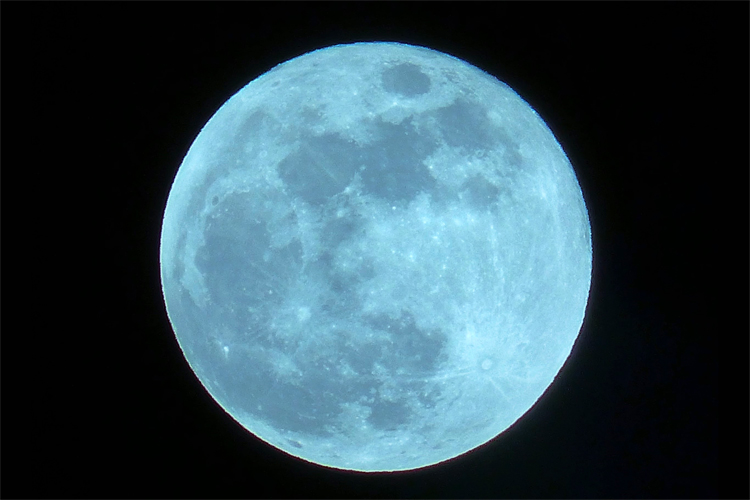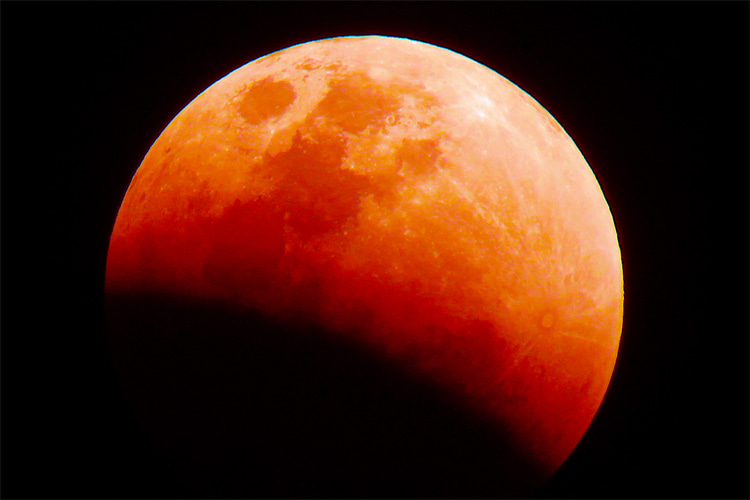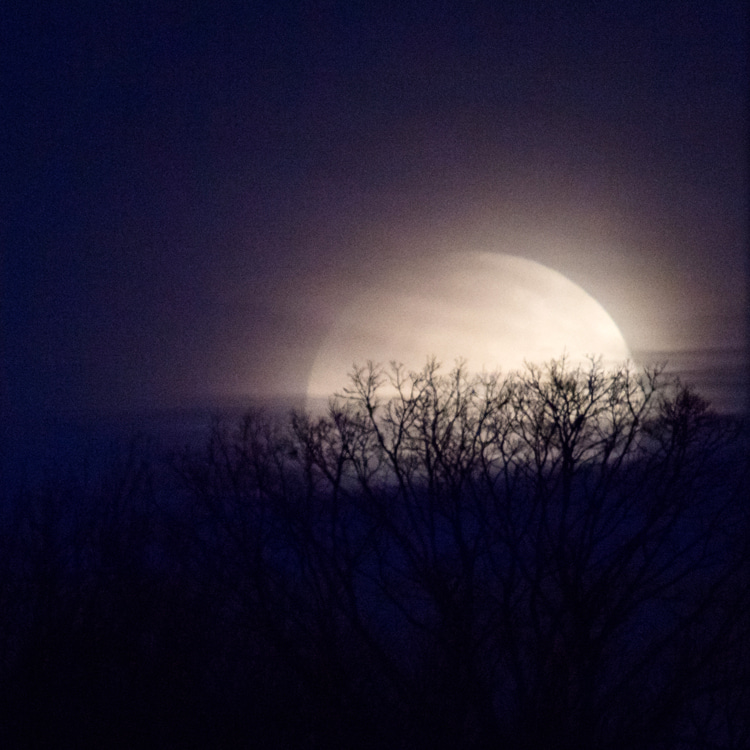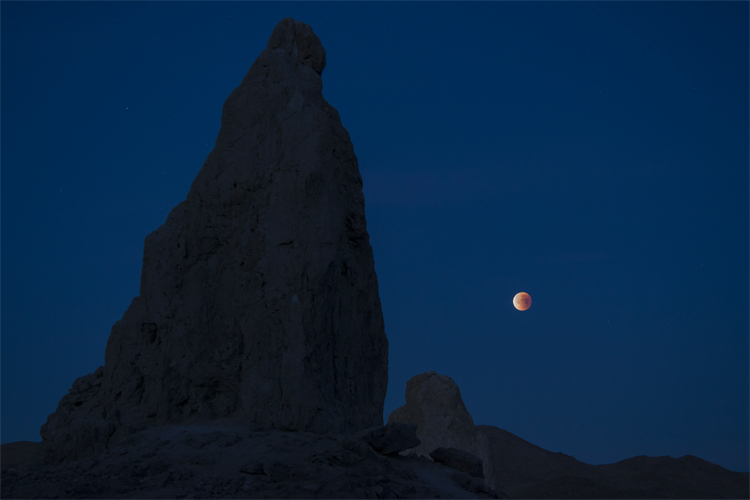"Once in a blue moon" is a phrase many of us toss around to describe something rare or special.
But what exactly is a blue moon? Is the moon truly blue? And how rare is it really?
It's time to unravel the celestial curiosity and the poetic charm of the blue moon - answering questions you've pondered, as well as those you never knew you had.
Why Is It Called a Blue Moon?
Incredibly, a blue moon is not blue at all.
The term "blue moon" is rooted more in language and history than it is in lunar pigmentation.
The word "blue" is believed to have been derived from the Old English word "belewe," which can mean "to betray."
In essence, a blue moon was seen as a "betrayer moon," differing from the expected three full moons in a season or the more common one full moon in a month.
Does the Moon Ever Turn Blue?
Contrary to popular belief, the moon doesn't turn blue during a blue moon.
However, in extremely rare circumstances - such as after a volcanic eruption or a large forest fire - particles can scatter in the Earth's atmosphere and cause the moon to appear blue.
But this is a separate phenomenon altogether and should not be confused with what we commonly refer to as a "blue moon."

Origins of the Seasonal Full Moon
The term "blue moon" has its roots in the seasonal understanding of the lunar calendar.
Initially, each of the four seasons was marked by three full moons, each with its own name based on natural phenomena.
For instance, the "Harvest Moon" occurs closest to the autumn equinox.
Occasionally, a season would contain four full moons instead of the expected three.
The third moon in such a four-moon season came to be known as a "blue moon" so that the last moon could still be called the "Late Moon" or another traditional name, keeping the naming convention intact.
Origins of the Monthly Blue Moon
The concept of the monthly blue moon is relatively modern and came about due to an error.
A 1946 article in Sky & Telescope magazine misinterpreted the Maine Farmer's Almanac and suggested that the second full moon in a month with two full moons was a blue moon.
This definition gained traction and is now more widely recognized than the original seasonal definition.

How Common Is a Blue Moon?
While the phrase "once in a blue moon" suggests an event of great rarity, blue moons are not as rare as you might think.
A seasonal blue moon occurs roughly once every 2.5 years.
The monthly variety occurs roughly once every 2 to 3 years, depending on the intricacies of the lunar cycle.
The rarity lies more in its divergence from the norm rather than its actual frequency.
What Is a Double Blue Moon?
Just when you thought the lunar lexicon couldn't get any richer, there's another lunar concept to mess things around.
A double blue moon is when two blue moons occur in a single calendar year.
This is extremely rare and occurs approximately three to five times in a century.
Can Seasonal and Monthly Blue Moons Occur Together?
While the criteria for seasonal and monthly blue moons are different, it is theoretically possible for a moon to satisfy both definitions.
However, this is an exceptional rarity, and such a moon would be an astronomical marvel worth talking about for generations.

Blue Moon vs. Super Blue Moon
A super blue moon is indeed a rarity within a rarity - an amalgamation of a full moon, a supermoon, and a blue moon occurring simultaneously.
Let's break this down.
A supermoon occurs when a full moon coincides with its closest approach to Earth in its elliptical orbit, making it appear up to 14 percent larger and 30 percent brighter than when it's at its farthest point.
Add this to either the seasonal or monthly definition of a blue moon, and voilà - you have a super blue moon.
How Rare Is a Super Blue Moon?
If a blue moon itself isn't too common, then a super blue moon is like finding a four-leaf clover in an already hard-to-find clover patch.
To break it down by the numbers: Supermoons happen a few times a year, blue moons occur, on average, once every 2 to 3 years, and full moons take place every 29.5 days.
The alignment of these events is, as you'd expect, exceedingly rare.
While the intervals between super blue moons can be wildly unpredictable - sometimes spanning two full decades - the typical waiting period averages out to about ten years.
It's the kind of celestial irregularity that only adds to the event's rarefied allure. You'd be lucky to witness this marvel even a handful of times in a lifetime.
When Are the Next Super Blue Moons?
As of the writing of this article, the next super blue moons are set for:
- January 1, 2037;
- January 31, 2037;
- March 2, 2037;
- March 31, 2037;
Mark these in your lunar calendar; you won't want to miss them.
